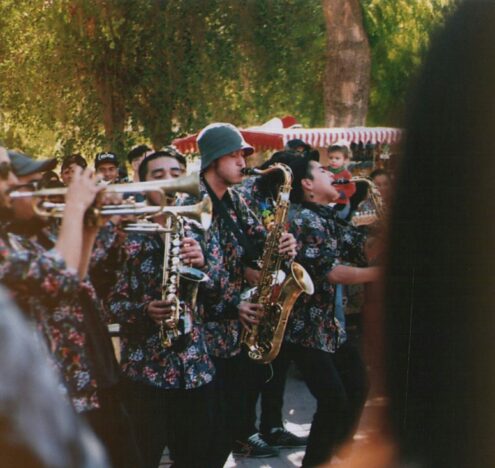This May, when President Donald Trump abruptly canceled the Singapore Summit, which ultimately took place on June 12, North Korean leader Chairman Kim Jong-un and South Korean President Moon Jae-in returned to Panmunjom, a village right on the border of both countries, in an attempt to get negotiations back on track.
At the same time, a few kilometers away, I gathered with an international women’s delegation and over a thousand Korean women, becoming the first civilians ever to cross the no-man’s land between North and South Korea via the Tongil Bridge.
As we called for an end to the Korean war, chanting “No War! Yes Peace!” over the Demilitarized Zone (DMZ), I was reminded of my time working with the International Campaign to Ban Landmines, where we created the Mine Ban Treaty and subsequently received the Nobel Peace Prize that year. This treaty is one of the world’s most widely accepted with over 80% of the world signing on (with a few particularly notable absences).
Standing there, I was acutely aware of how riddled with landmines the DMZ still is, how dangerous the unseen can be, and the lack of attention given to these cruel, merciless weapons. Secretary Pompeo’s recent meeting with Kim Jong Un in North Korea reminded everyone that peace is hard. Peace is, pardon the cliché, a process. No one knows that better than this international delegation of women who have been working to bring peace to the Peninsula for years.
Containing more than a million landmines, some laid as long ago as 1953, the DMZ is one of the most heavily-mined areas remaining in the world. Landmines, built to explode in close proximity to humans, don’t expire, disintegrate or discriminate. They don’t stay put and are easily displaced by earthquakes, landslides, flooding and even bad weather, rendering any mapping of their location ineffective. Since they were planted, over a thousand civilians — mostly poor, uneducated farmers who live in the rural towns along the 151-mile long DMZ — have been hurt or killed by these mines. Even worse, we will most likely never know the real number, which many experts believe is much much higher, due to insufficient reporting.
When the Treaty was originally created, the United States refused to sign on, arguing that landmines were needed to defend South Korea’s northern border and the thousands of US soldiers stationed there. They went so far as to push for a geographic exception in the Treaty during negotiations, attempting to ensure landmines would not only remain, but actively be used on the Korean peninsula. While that amendment luckily failed, over 20 years later, nothing has been done to address the pain and suffering these mines still cause.
Even in 2014, when the United States under President Barack Obama announced it would not “assist, encourage, or induce other nations to use, stockpile, produce, or transfer antipersonnel mines” except for “outside of Korea.”
Clearly the world, including the US, realized that we must put an end to invisible weapons that “kill or maim hundreds of people every week, mostly innocent and defenseless civilians and especially children.”
As the North and South begin to reconnect, and talks with the US continue, some have even begun to buy land near the DMZ, hiking prices from $2/sqft in February to almost $13/sqft after the Summit. One buyer even told The Wall Street Journal that “if peace prevails, Panmunjom will become a tourist hotspot.”
Never mind that little landmine problem.
This up-and-coming neighborhood is riddled with well-hidden weapons and, as of now, there are no plans to remove them. If the United States really does want peace, we must help build a thriving Korean Peninsula. If we want a thriving Korean Peninsula, we must take care of the literal minefield between them.
Liz Bernstein is the founding Executive Director of the Nobel Women’s Initiative and former Co-ordinator of the International Campaign to Ban Landmines. Led by the Nobel Women’s Initiative and Women Cross DMZ founder Christine Ahn, an all-women delegation was in Seoul from May 22 to May 28 to support the historic peace process between the two Koreas.





















